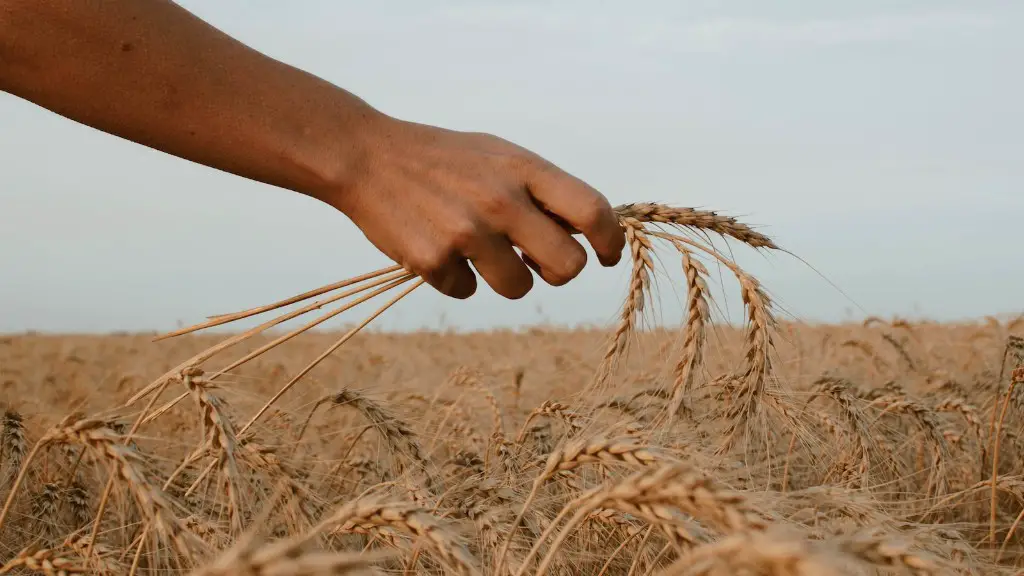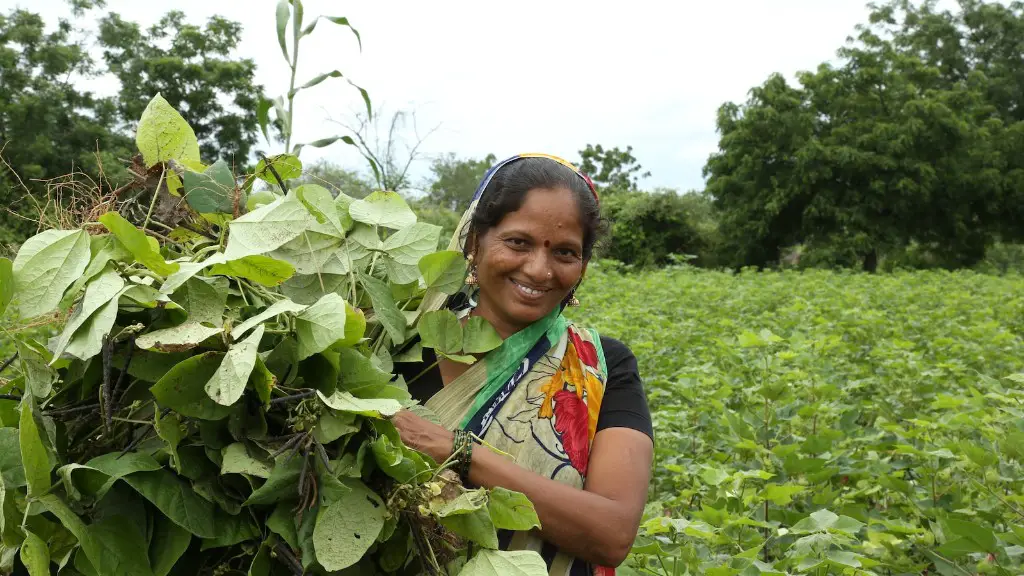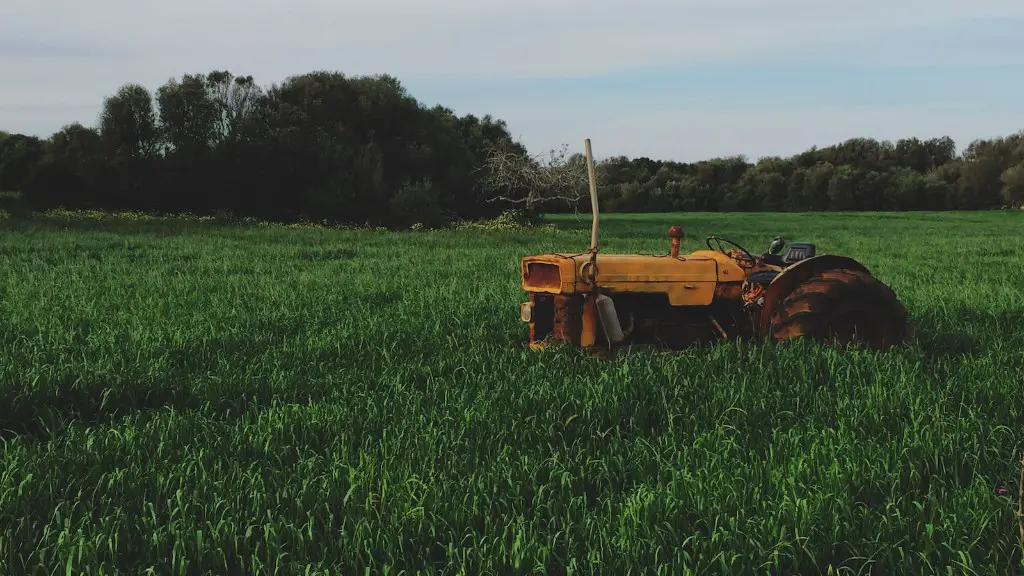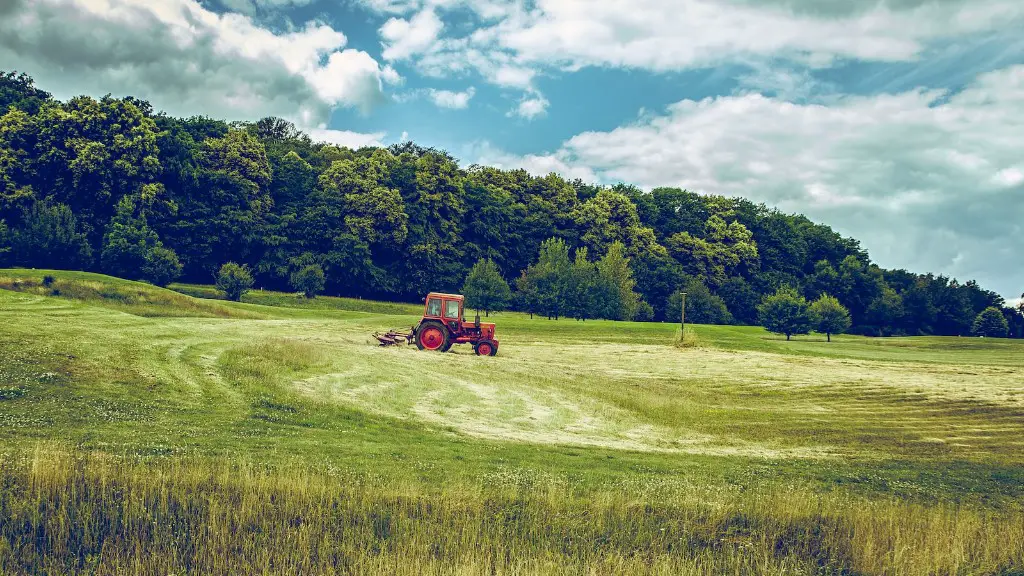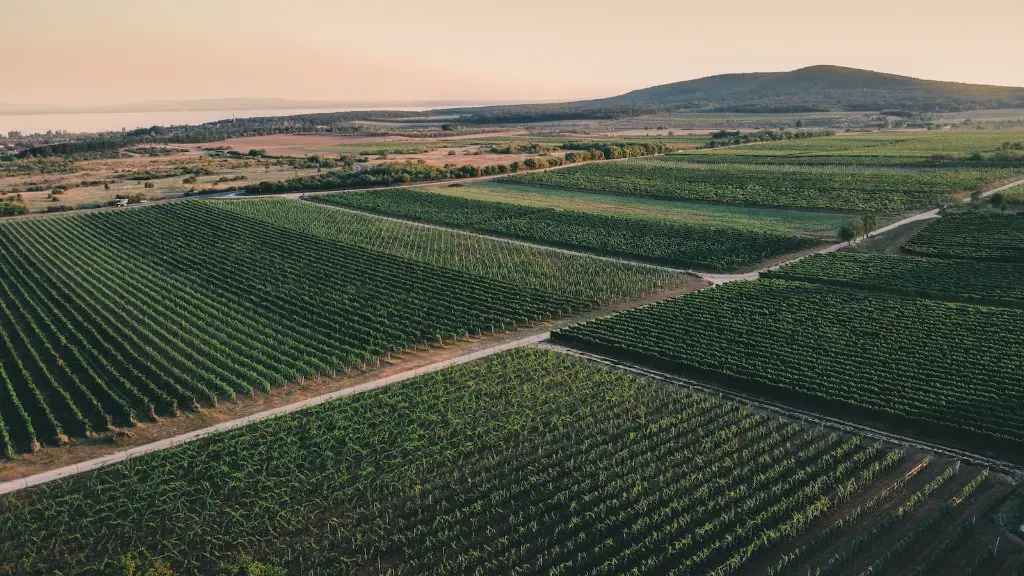The IPM, or integrated pest management, approach to agriculture is a more sustainable way of dealing with pests and diseases. It relies on a combination of techniques, including crop rotation, biocontrol, and the use of resistant varieties, to keep pests and diseases in check. This approach is better for the environment and for the long-term health of your crops.
The word “ IPM” stands for Integrated Pest Management. It is an environmentally sound approach to controlling pests that emphasizes prevention, monitoring and education as key elements.
What is IPM and why is it important?
Integrated Pest Management (IPM) is a pest control approach that aims to minimize the use of pesticides while still protecting human health and the environment. IPM relies on a combination of techniques, including biological control (such as using natural predators to control pests), cultural control (such as using pest-resistant crops), and chemical control (using pesticides only when necessary). IPM has gained acceptance worldwide and is now mandated by many governmental agencies.
Pest management methods are the various means by which we can control pests. These methods can be grouped into four main categories: cultural, mechanical, biological, and chemical.
Cultural methods involve practices that help to prevent or reduce the population of pests. This can include things like crop rotation, proper irrigation, and using resistant varieties of plants.
Mechanical methods involve the use of physical barriers or traps to keep pests away from crops or to kill them outright. This can include things like fences, nets, and traps.
Biological methods make use of other organisms to control pests. This can include things like using predators to eat the pests, or using parasites to infect them.
Chemical methods involve the use of pesticides to kill or control pests. This is often seen as the last resort, as pesticides can be harmful to both people and the environment.
What are the 5 basic components of an IPM program
IPM, or Integrated Pest Management, is a pest management strategy that uses a variety of control methods to manage pests in stored ecosystems. The five general types of single component control methods that may be used in IPM programs are chemical control, physical and mechanical methods, biological control, host plant resistance, and regulatory control.
IPM programs are designed to prevent pests from becoming a problem in the first place. This can be done by managing the crop, lawn, or indoor space to make it less hospitable to pests. This may involve using cultural methods, such as rotating between different crops, selecting pest-resistant varieties, and planting pest-free rootstock.
What are the 3 rules of IPM?
IPM is an approach to managing pests that emphasizes the use of preventive measures to reduce the need for treatment. IPM requires competence in three areas: prevention, monitoring and intervention. Prevention includes practices such as using resistant varieties of plants, keeping the area around the home clean and free of debris, and using physical barriers to keep pests out. Monitoring involves regular monitoring for the presence of pests and their damage. Intervention includes using pest control products only when necessary, and selecting the most effective and least toxic products available.
IPM, or Integrated Pest Management, is a holistic approach to pest control that focuses on both prevention and control. IPM has three basic rules: (1) Deny pests access to the establishment; (2) Deny pests food, water, and a place to hide or nest; and (3) Work in partnership with a PCO to eliminate any pest that does gain access to the establishment. By following these rules, IPM can help to prevent pests from gaining a foothold in your business, and can also help to control any pests that do manage to get inside.
What are the 7 steps of IPM?
Integrated pest management (IPM) is a holistic approach to pest management that seeks to minimize the use of pesticides while still protecting crops (or other valued targets) from damage. IPM focuses on proper identification of the damage and the responsible “pest,” as well as taking into account the pest and host life cycles and biology. Monitoring or sampling the environment for pest populations is also important, as is establishing action thresholds (economic, health or aesthetic). Once these factors have been considered, the appropriate combination of management tactics can be chosen. Finally, it is important to evaluate the results of the IPM program to ensure that it is effective.
The six components of IPM are:
Prevention: Preventing pest problems eliminates the need to take further action.
Identification: Monitoring for pests and knowing what they look like makes it easier to identify an infestation early on.
Assessment: Assessing the extent of an infestation and the damage it has caused helps to determine the best course of action.
Planning: Planning ahead how to deal with an infestation can make the process more efficient and effective.
Evaluation: Evaluating the results of the pest control measures taken can help to improve the process for next time.
What is the main goal of IPM
Pest management is the process of preventing, reducing, and eliminating pests. It is a key component of public health and environmental protection. Pest management strategies aim to:
-Prevent unacceptable levels of pest damage
-Minimize the risk to people, property, infrastructure, natural resources, and the environment
-Reduce the evolution of pest resistance to pesticides and other pest management practices
Pest management programs typically involve the use of pesticides, but there is a growing focus on using pest management practices that are less harmful to the environment and human health. These include using pest-resistant plants, biocontrol agents, and cultural, physical, and mechanical controls.
In order to identify a pest, it is important to consider the context in which the suspected pest is found. For example, a roach in your kitchen is likely a pest, whereas a cricket in your yard is likely not. Once you have determined that the suspected pest is actually a pest, you can then take steps to control it.
What are the 3 types of pest control that should be used in an IPM system?
In theory, the use of biological control, plant resistance to insects, and cultural controls are supposed to be the best way to manage pests. However, in practice, these methods are not always the most effective and may not be the best option for every situation.
In order to properly sample for pests, you need to have a keen eye and know what you are looking for. You also need to be diligent in your efforts, as even the smallest pest can cause serious damage. IPM Step 1: Sample for Pests (Inspect and Monitor) is the best way to ensure that your home or business is free of pests.
What are 3 advantages to IPM
Pesticides are a necessary item for many farmers, however, overuse of pesticides can lead to problems. By using Integrated Pest Management (IPM), farmers can reduce the potential for air and ground water contamination, reduce the need for pesticides, and eliminate issues related to pesticide residue. IPM uses a combination of pest management methods, including biocontrol, to reduce the impact of pest management activities on non-target species.
Integrated Pest Management (IPM) is a sustainable approach to managing pests that emphasizes prevention, monitoring and management of pests. IPM takes into account the economic, social and environmental impact of pest management decisions. IPM has been successfully implemented in agriculture, horticulture, landscape management, public health and structures.
Advantages of Integrated Pest Management:
Slower development of pesticide-resistance: IPM practices can help to slow the development of pesticide-resistance in pests.
Maintaining a balanced ecosystem: IPM practices can help to maintain a balance between the pests and the natural predators and parasites that help to control them.
Damage to Biodiversity: IPM practices can help to reduce the overall impact of pests on biodiversity.
Disadvantages of integrated pest management:
Takes Time to Learn IPM: IPM requires a good understanding of the pests, the environment and the management practices. It can take time to learn how to implement IPM effectively.
Time and energy consumption: IPM can require more time and energy to implement than other pest management approaches.
Recommendations:
If you are considering using IPM, it is important to:
1. Understand the pest problem and the environment in
Why IPM is essential in farming?
IPM is an important tool for farmers to produce healthy and sustainable crops. By using a combination of environmentally friendly pest-control methods and economically viable farming practices, IPM can help farmers minimize pest populations and produce high-quality crops.
The cornerstone of an effective IPM program is a schedule of regular inspections. For food processors, weekly inspections are common, and some plants inspect even more frequently.
Conclusion
IPM is a multi-faceted approach to crop production that combines the use of cultural, biological, and chemical tools to manage pests.
IPM, or integrated pest management, is a sustainable approach to farm pest management that relies on a combination of techniques, including crop rotation, selective breeding, and the use of natural predators. IPM has been shown to be an effective way to reduce the use of harmful pesticides, while still protecting crops from yield-damaging pests.
